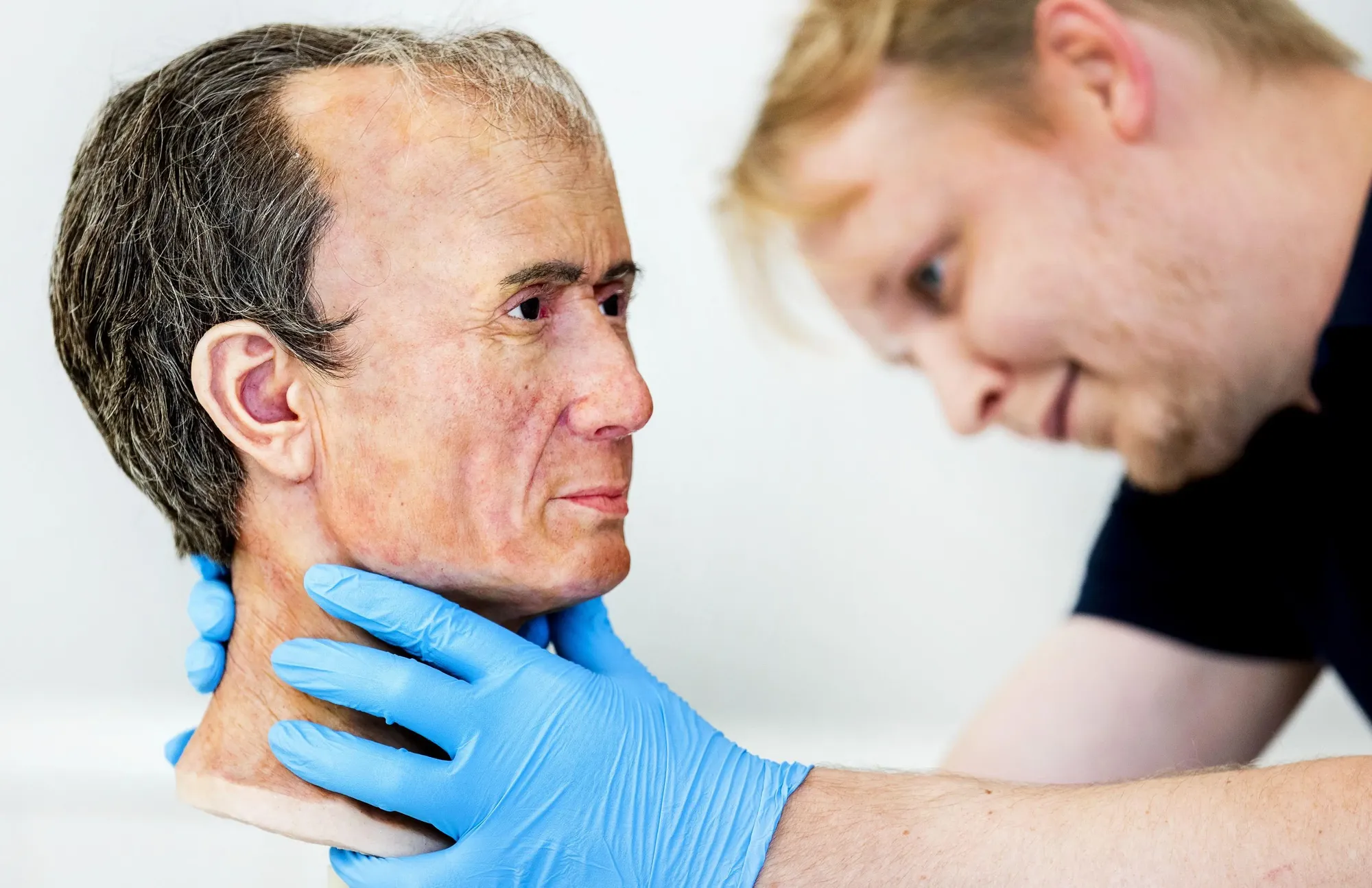Deep Forensic Facial Reconstruction (DFFR) - 1 Intro

Background
My wife introduced me to a non-profit called DNA Doe when we had some extra cash and were looking to donate to a worthy cause.
The DNA Doe Project is an exciting new initiative that uses genetic genealogy to identify John and Jane Does. We have become a go-to organization for law enforcement agencies and medical examiners across the country, helping them solve their most intractable cases. Our innovative DDP Fund program allows smaller and less-well-funded agencies to take advantage of our services. We have had amazing success even with cases where the DNA was highly degraded or of low quantity.
They focus mostly on DNA but a portion of their site shows open or pending cases. Each of which has a forensic facial reconstruction or simple sketch of what the person would look like if they were alive today. It is done, i believe, in hopes that an officer or family member will come across the image and identify the remains. This made me wonder, how many unidentified bodies are there in this country?
According to the NamUs website, over 600,000 individuals go missing in the US every year. Approximately 4,400 UHR are recovered each year, with approximately 1,000 remaining unidentified after one year
For DNA Doe and groups like it the focus should be on DNA , matching to CODIS if possible and if there is no match using genealogical databases. If a Jane Doe is genetically related to a familial line on Genie or Ancestry for instance, the living relatives can be interviewed and potentially a name put to a 'face'.
The case files and faces though are another avenue of identification and one that currently requires artistry. Take for instance this paper , which sounds promising at first but in the end
In this method, the operator used 3D computerized models using manual clay model techniques
GANs
I play with generative neural nets and autoencoders for making pictures, recipes , 'art' etc. Why can't i generate a face given the correct input?
Now there is debate as to where to start. First i need data. Second it has to be ethical to use that data, ie remember it could be traumatic to living family if i came up with an image that, in error, looked like the missing relative. This limits usage of long dead persons. Third and most importantly , where to start.
I mentioned 'given the correct input'. From what limited research I've been able to do and with input from my wife i've learned that starting with a 2d image of the skull may be better than nothing, but it doesn't need to be the starting point. A 3d Scan of a skull is even better. Part of facial reconstruction involves muscle and tendon attachment, in other words not the skeletal structure but still structure under the skin. From my initial looks this appears to be , if not quick, formulaic. This is an even better starting point if it is possible to achieve. The main data sources i find in academic journals seems to be a large database of CT scans or historical data used by anthropologists.
The ultimate answer may be some combo of existing tech out there.
PAPERS
A Generative Deep Learning Approach for Forensic Facial Reconstruction

Coursework (Free-ish)

Futurelearn is an online learning resource similar to Udemy or Coursera, they do offer a (possibly 1 time only) 'audit' option where a user can take a course for free for 14 days. This is a "2 week" course where 2 hours of study per week are required. A motivated person can get through faster.


